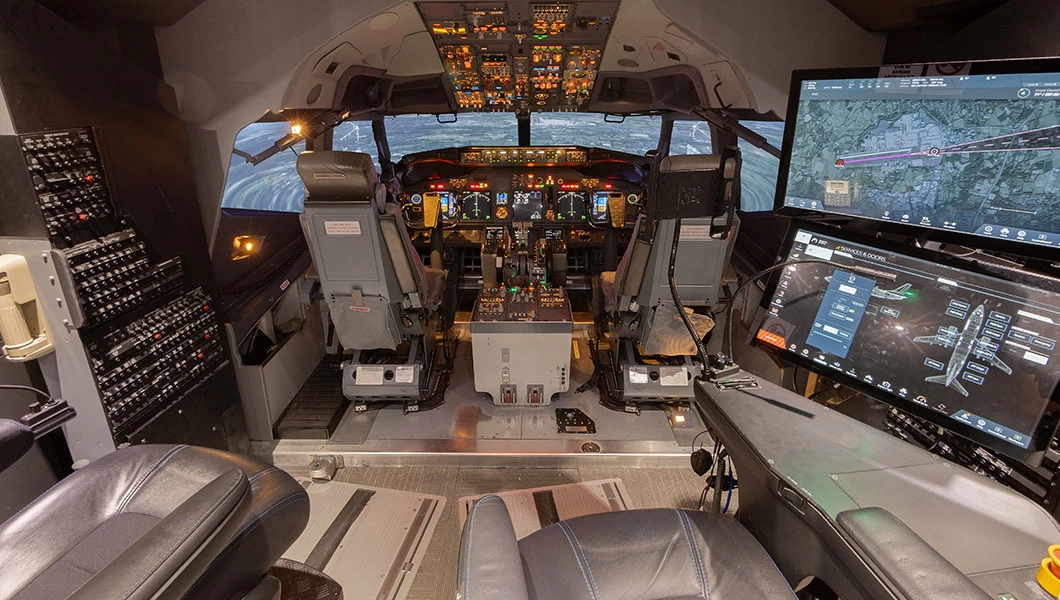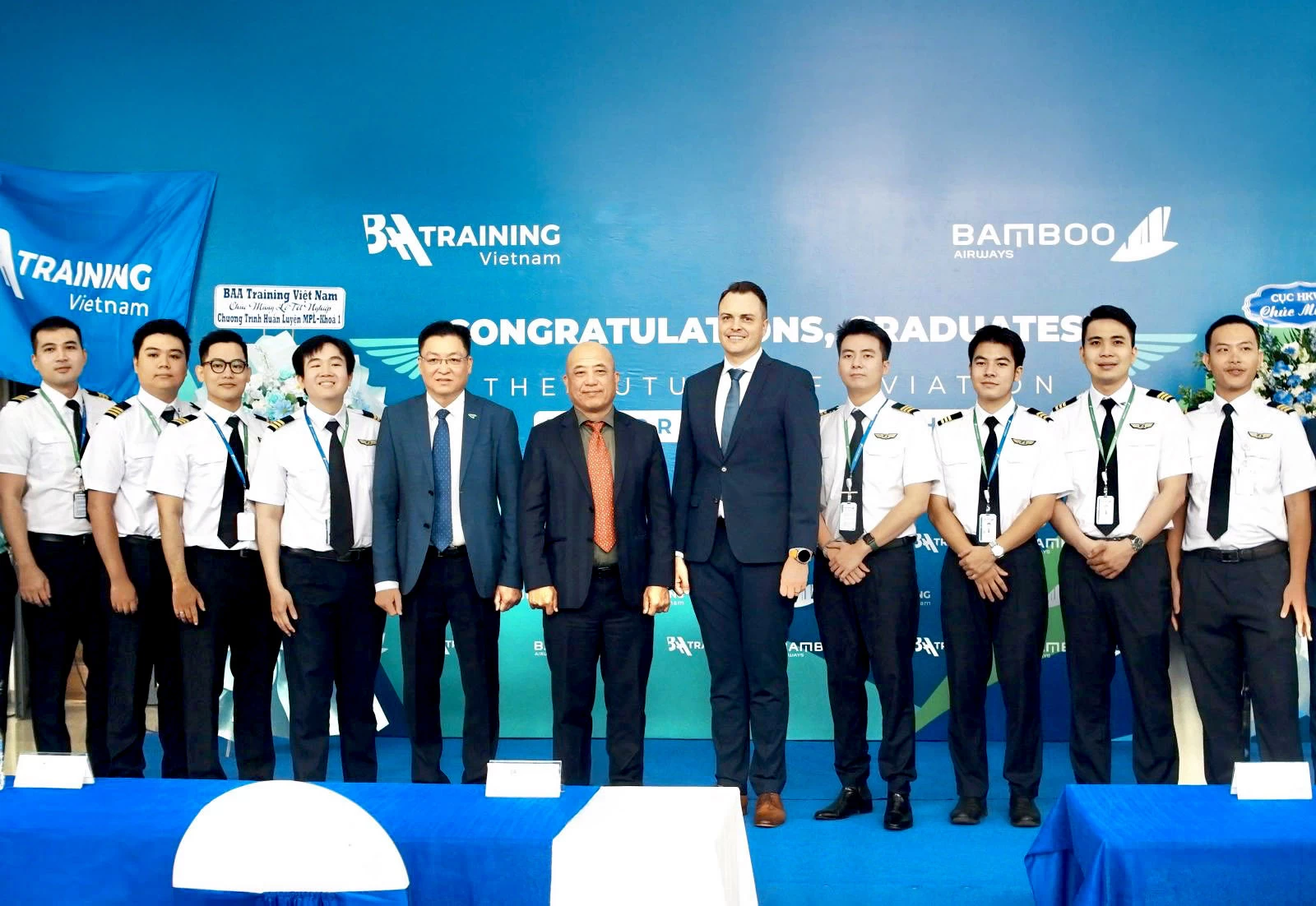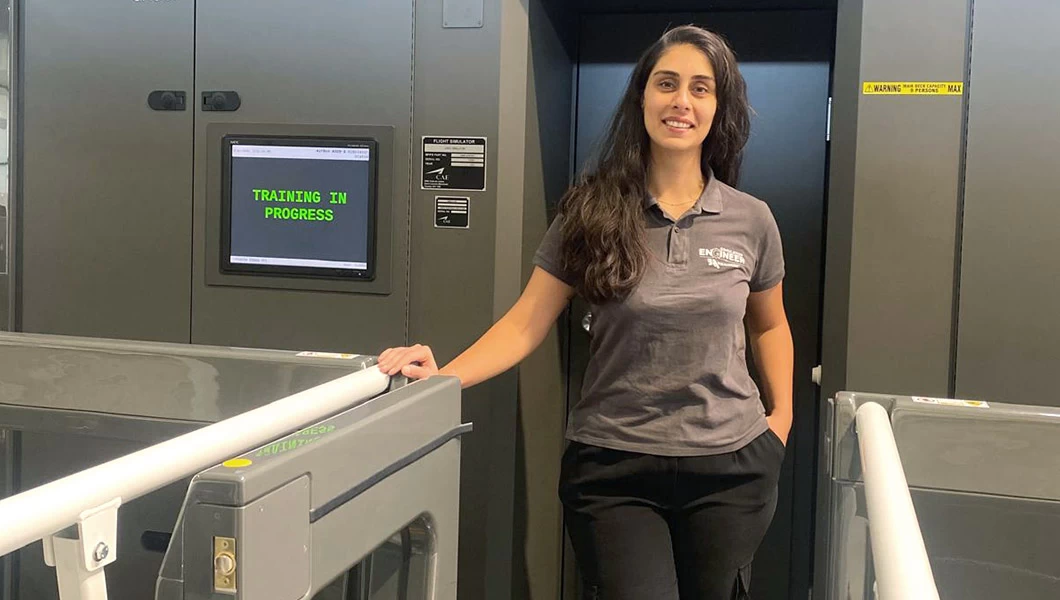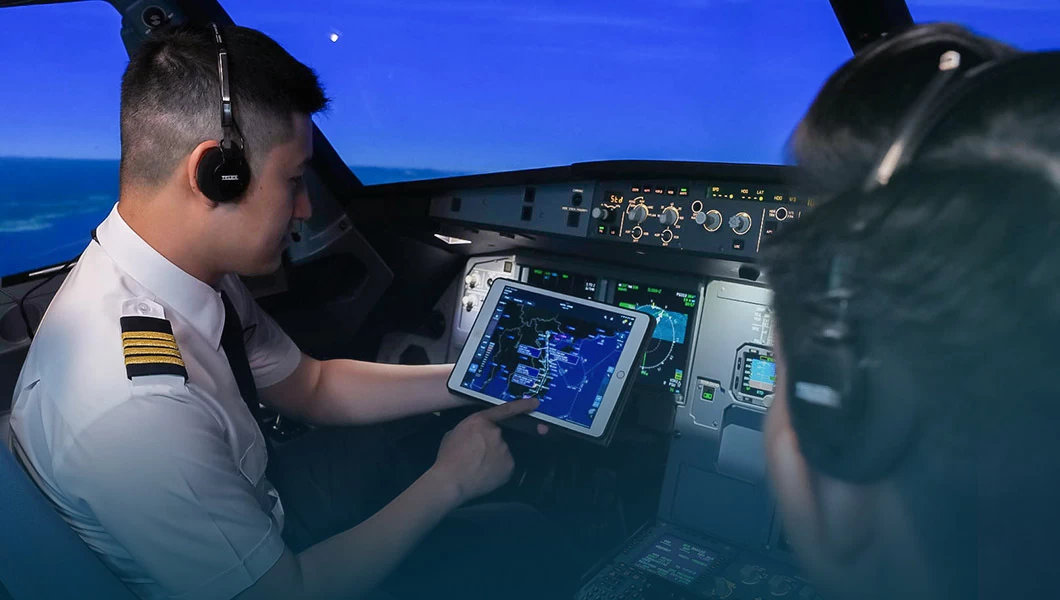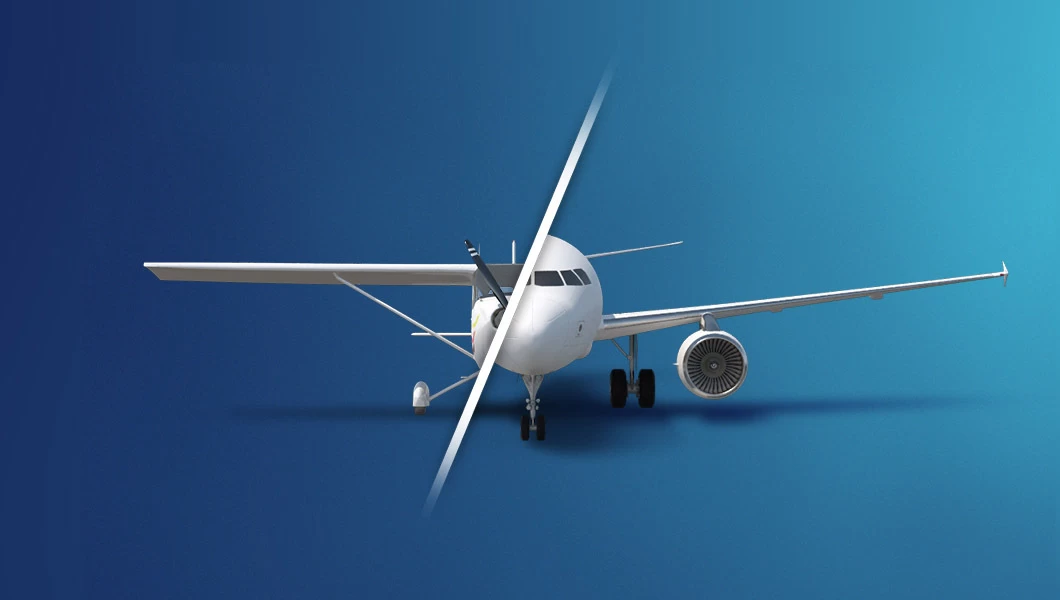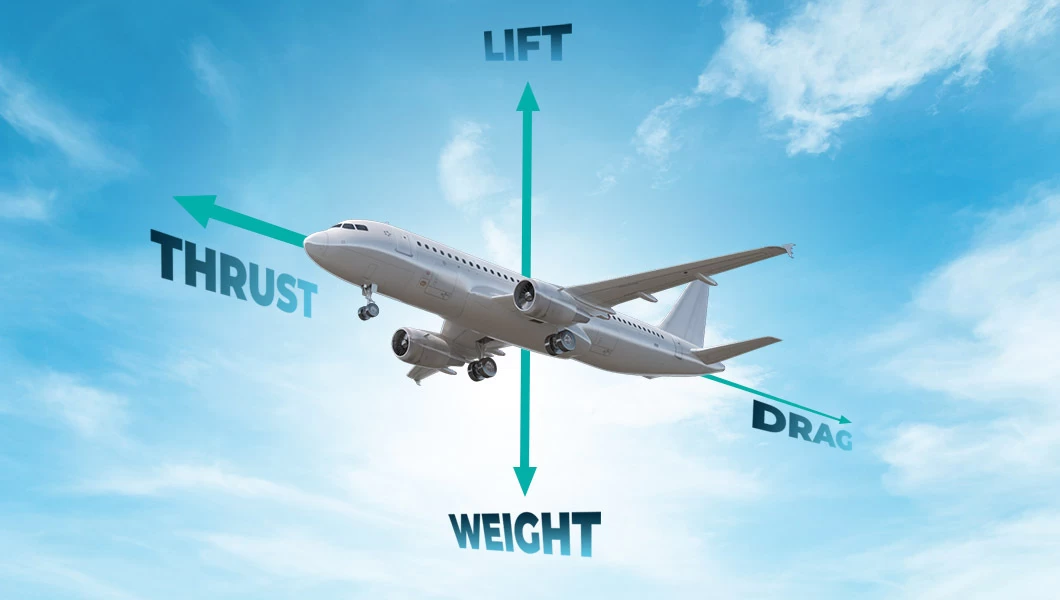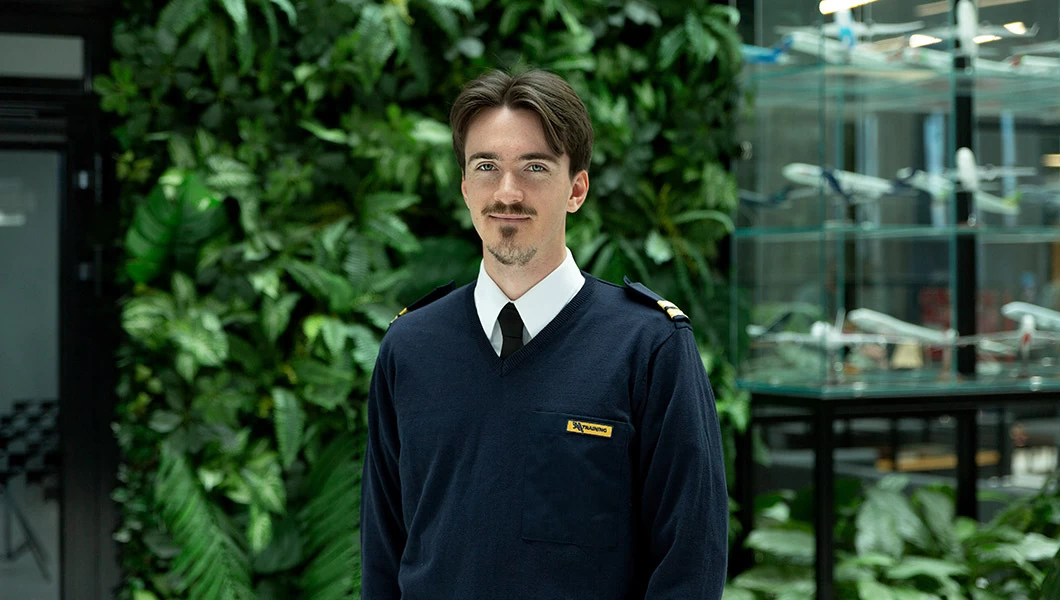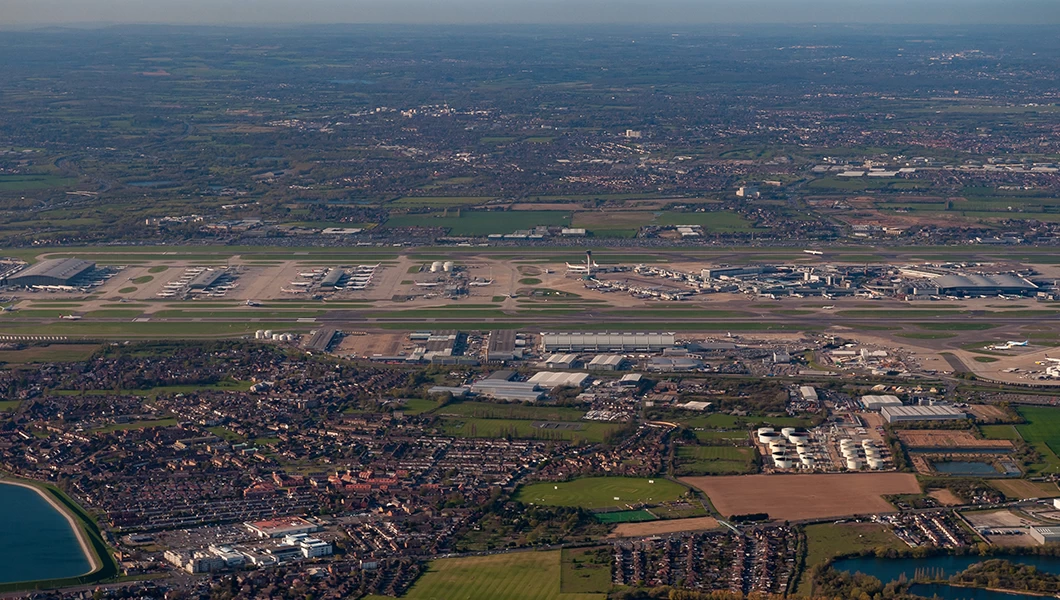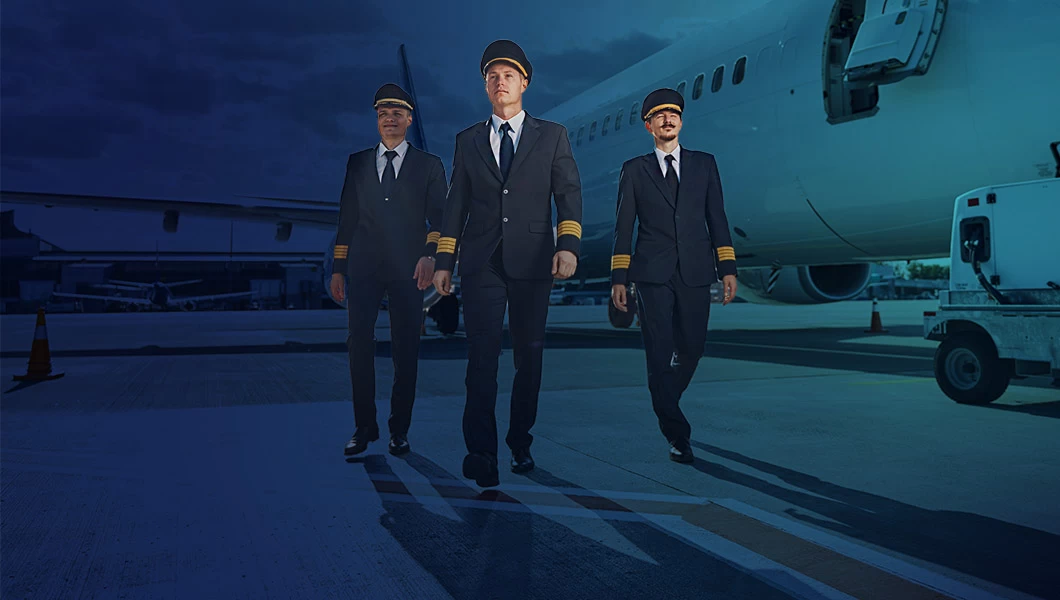BAA Training has partnered with Ecole Nationale de l’Aviation Civile (ENAC), the only aviation-oriented university in France and Europe, offering a broad panel of aeronautics-oriented training programs since 2019. The partners took this cooperation to the next level by developing a BAA Training – ENAC mutual training program, covering Ab Initio and advanced training last year designed to meet the needs of airline customers. The interview below with Charlotte Darrenougue, Research and Development Officer at ENAC, reveals how the know-how of such a global aviation player as ENAC and years of BAA Training experience in the field build up a decent base for world-class pilot training.
What is ENAC’s competitive advantage compared to other aviation training providers?
Apart from being a flight school, ENAC is the first aviation university in Europe, founded in 1949. As such, ENAC delivers master’s and advanced masters in aeronautical engineering and hosts a significant award-winning research facility.
ENAC is a member of the ISAE-SUPAERO group, which gathers the best French aeronautical and space engineering universities. The diversity of ENAC training programs, extensive network and research environment is an asset for flight training. The student pilots benefit from the interconnection with other aeronautical students and evolve on the same campus.
A concrete example is the “shared virtual sky,” a software solution connecting Air Traffic control simulators to Flight simulators to introduce cooperation between pilots and air traffic control.
Who are ENAC’s customers?
Half of ENAC flight training capacity is dedicated to the French civil aviation authority and other administrations with more than 30 flight training programs. The other half, corresponding to approximately 120 ATPL cadets per year, is dedicated to international clients and the private sector. Most of the clients are airlines. Some are foreign public institutions, universities or flight schools, primarily located in Europe, Asia and Africa. The current main client is Air France. Most cadet programs offered to airlines are EASA Ab Initio Integrated ATPL programs, tailor-made to suit every airline’s needs.
Why should a mutual BAA Training and ENAC pilot training program be attractive to an airline?
BAA Training’s and ENAC’s joint pilot training program allows cadets to benefit from the expertise of both flight schools, complimentary in many ways. During the IFR phase, cadets evolve in ENAC’s flight training centers in France, offering them optimum training flexibility with many instrument approach procedures, environments and weather condition experiences. During the ground school, VFR, MCC, JOC and Type Rating, BAA Training employs its modern facilities in Spain and Lithuania and a flight school at Lleida Alguaire airport in Spain. There, highly-experienced instructors and well-qualified active pilots do their best to ensure the students get the maximum from their training.
Is this program based on the competency-based training approach, and if so, what are its benefits?
Pilot training has been based on repeating known maneuvers and procedures for several decades. Recent air accidents have shown that this training model was insufficient to help pilots deal with increasingly complex, sometimes even unknown, and unpredictable situations. ENAC has established a set of competencies that should be developed throughout the training to operate an aircraft safely and efficiently. Instructors have been trained to promote this CBT approach by incorporating the TEM philosophy from the beginning of the training. The acquisition of skills is traced and transmitted to the client company for a better adaptation to the needs of each pilot during their integration.
What are ENAC’s most recent developments it is proud of?
ENAC is working on the sustainability of pilot training. As such, the ATO has defined an ATP program that uses the first EASA-certified electric aircraft, the VELIS electro. The cadets start their flight training with 10 hours of flight on the VELIS before continuing their training on a piston aircraft.
Your PILOT CAREER
starts with a first click
It is the first step in the sustainable training of pilots.
ENAC has been working for over ten years on developing a joint ATC- Aircraft simulation called Shared Visual Sky. After a period of improvement, we can integrate this simulation into our MCC training course, providing a very realistic simulation environment for our pilots who communicate with air traffic controllers and fly in a more complex air traffic environment.
What is ENAC’s input in the field of research?
As pilot training is considered an important area that can contribute to overcoming environmental challenges, ENAC looks for new training tools and technology regarding sustainability in pilot training. Examples include using virtual reality goggles during initial training, eye tracking devices and greater use of simulators in VFR training…
In addition, to help instructors deliver competency-based training, we are participating in developing a platform to facilitate the evaluation of pilot skills during simulator sessions. This tool is a very effective aid for the instructor during the debriefing, thanks to recording video data, eye tracking and automatically detecting events related to the restitution of procedures in flight. It allows for real-time evaluation of crews’ technical and non-technical skills and facilitates pilots’ longitudinal follow-up throughout their training.
Would you say training needs are changing for commercial pilots and, if so, how?
Due to the current carbon-bashing, it is crucial to develop Green initiatives. ENAC is proud to be a pioneer in the rental of Pipistrel Velis, today the only electric-propelled aircraft approved by EASA, integrated in the first hours of integrated flight training. Since ENAC belongs to the French Ministry of Environment, the student pilots are continuously invited to events and conferences to enhance their ecological sensitivity.

